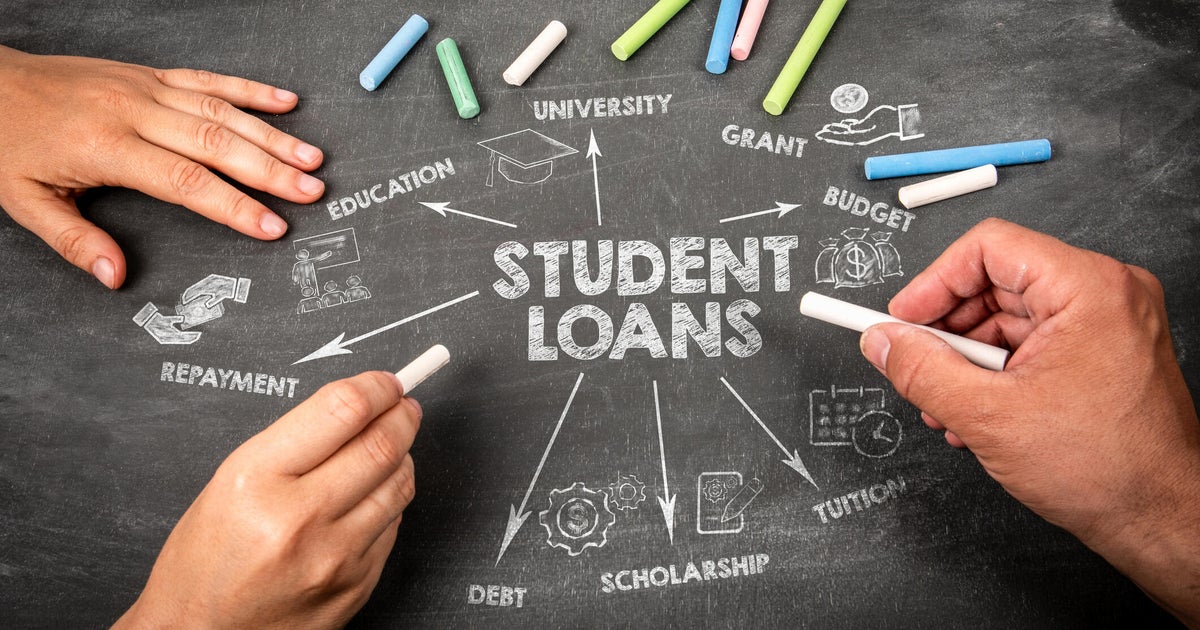Home equity levels just hit a new high. Here's why it's worth borrowing now.
While a continuous rise in home prices may not be the news that prospective homebuyers are looking for, a tick up in home values is typically welcomed by current homeowners. And that's exactly what they're continuing to get, according to a new report.
Based on data from the June 2025 , the cumulative home equity level in the United States hit another record high entering the second quarter of 2025. According to ICE, "mortgaged residential properties" currently carry an aggregate of $17.6 trillion in equity. That's up 4%, or $690 billion, from 2024. Of that amount, $11.5 trillion is labeled "tappable" by homeowners, allowing them to keep a 20% equity threshold in the home (a typical lender requirement) while borrowing the other 80%. Additionally, 48 million homeowners have "some level of tappable equity," according to ICE, with the average homeowner having $212,000 to borrow from.
While these are big numbers, they're not exactly surprising. Home equity levels have been consistently rising in recent years, offering homeowners a reliable way to borrow (and repay) money as needed. So, if you're considering borrowing with a home equity loan or home equity line of credit (HELOC), it may be worth acting promptly, especially in light of these new developments. Below, we'll detail three reasons why these products are worth pursuing now.
.
Why home equity is worth borrowing now
Whether you're considering a lump sum home equity loan or prefer the flexibility of a HELOC, which works similarly to a credit card, home equity could be your preferred borrowing source in today's economy. Here's why:
Access to a large, six-figure amount of money
While the average homeowner may have $212,000 worth of equity to utilize now, that means a large percentage of the homeowner population has even more to borrow from. And if you've ever tried to borrow that amount of money with a personal loan or credit card – both unsecured types – then you already know how arduous it can be to qualify for that amount of money.
But your home offers you the opportunity to withdraw from it as needed, giving you a rare, low-cost way to borrow a six-figure sum of money now. And because your home serves as collateral in these exchanges, lenders typically offer homeowners much lower interest rates than they'd otherwise receive with alternative products.
.
Lower interest rates than many alternatives
The average HELOC interest rate is currently 8.27% while the median home equity loan rate is 8.25%, according to recent data. While those are up slightly from the high 7%-low 8% range they were in earlier in 2025, they're still materially lower than what borrowers can get with a personal loan (with an average rate closing in on 13%) and a credit card (with an average rate around 21%, just below a recent record high of 23%). Matched up against these alternatives, then, and with the added benefit of access to a large amount of money, it becomes even clearer why home equity borrowing, specifically, is so advantageous right now.
Tax advantages that other borrowing options don't have
If you need extra money this spring and summer to finance home repairs, renovations and major projects, your home equity is likely one of your ideal borrowing options. That's because the interest paid on a home equity loan or HELOC is tax-deductible if used for these purposes. This will not only reduce your tax bill for the year or years in which you used the equity, but it will make concerns over today's interest rates less of a pressing concern when you know that it will add up to a valuable tax deduction when you file your next tax return. Just be sure to know which projects qualify and which don't before getting started.
The bottom line
With home equity levels at a new high, interest rates on home equity borrowing products low and the potential for tax savings, withdrawing a portion of your equity via a home equity loan or HELOC could be the right move for your finances now. Calculate the costs carefully before proceeding, however, as your home will be collateral in these exchanges and you can lose it back to the lender if you fail to make payments as agreed to.




